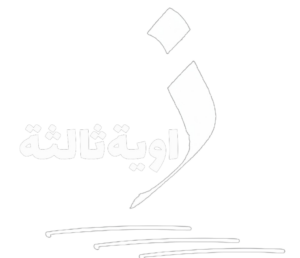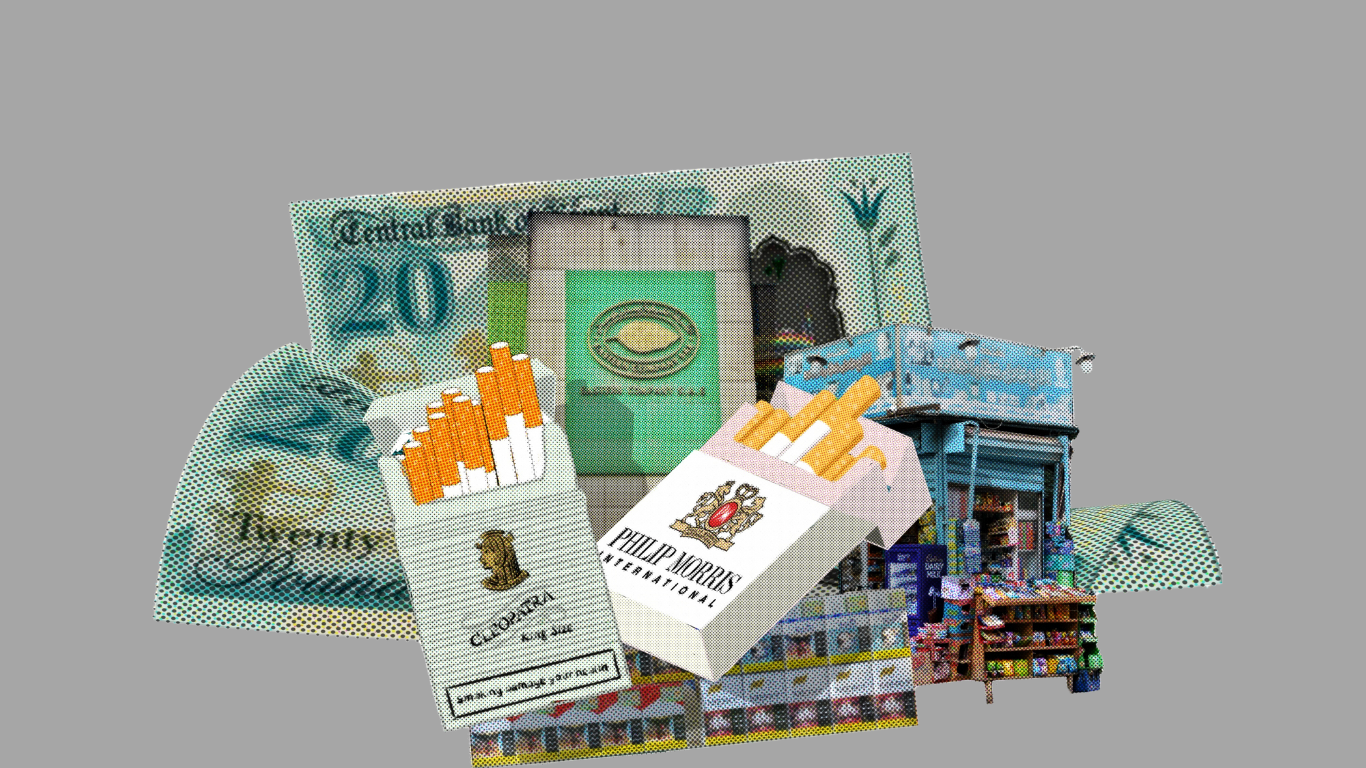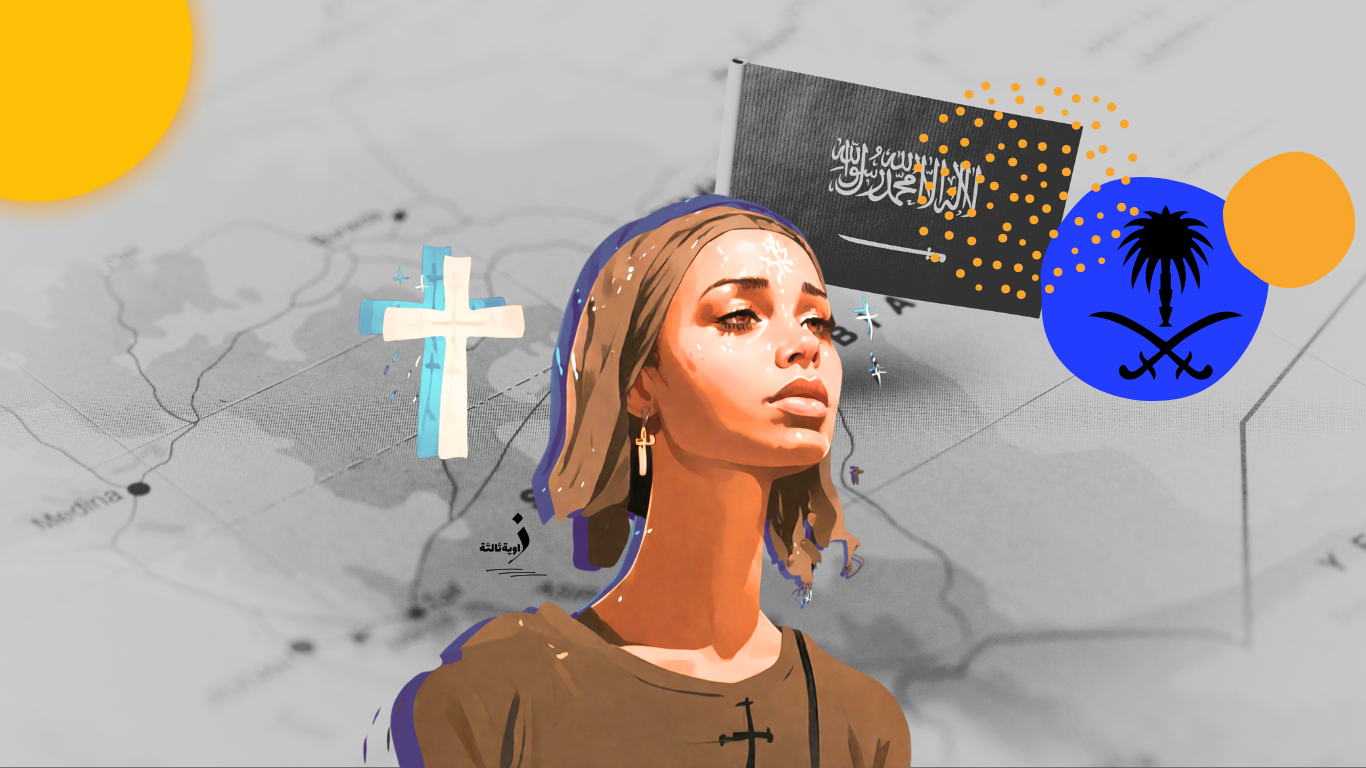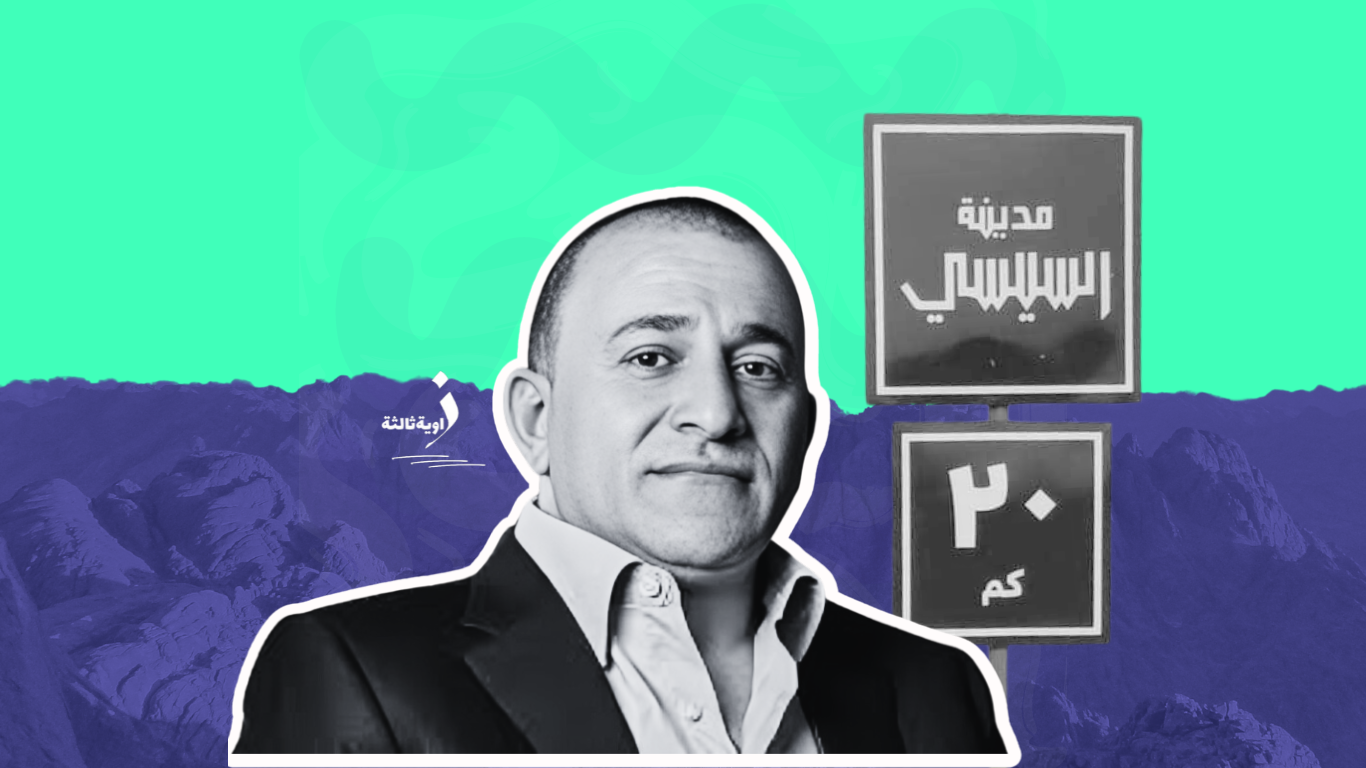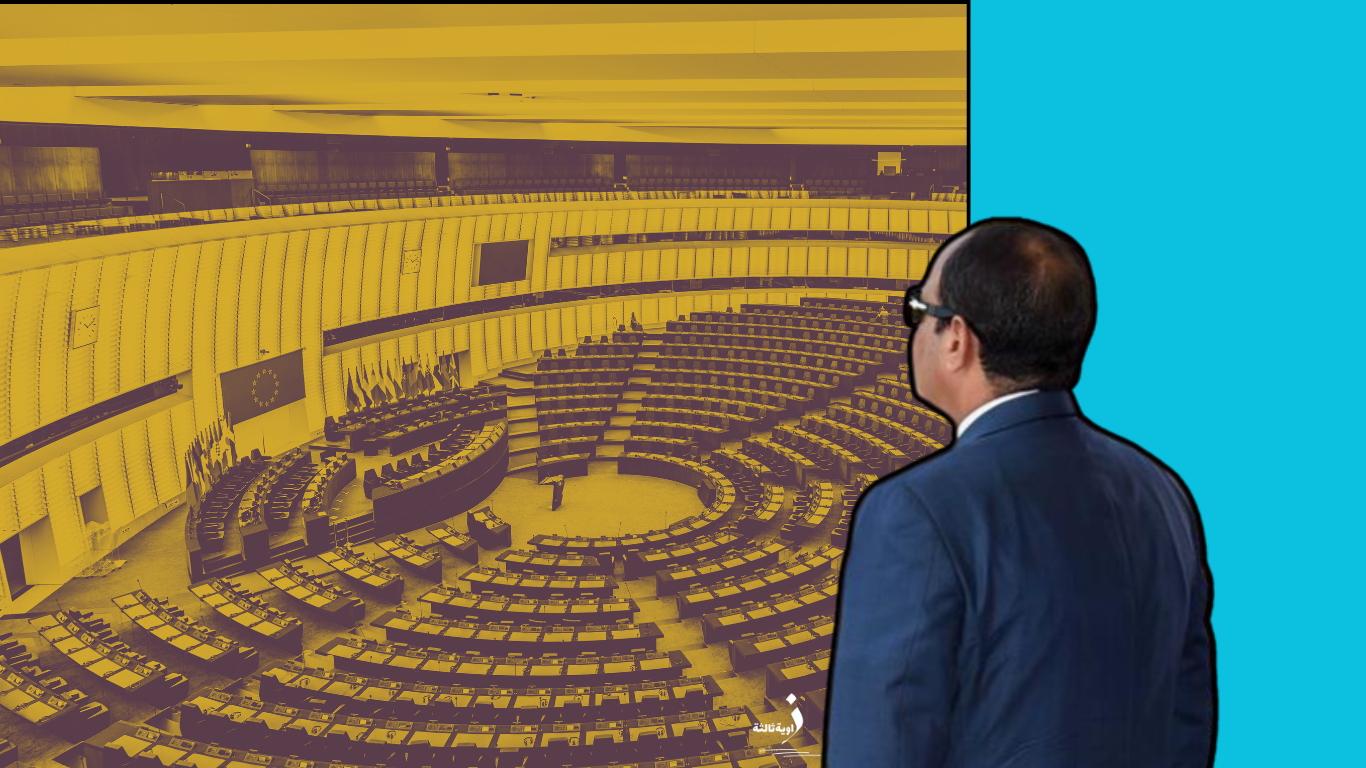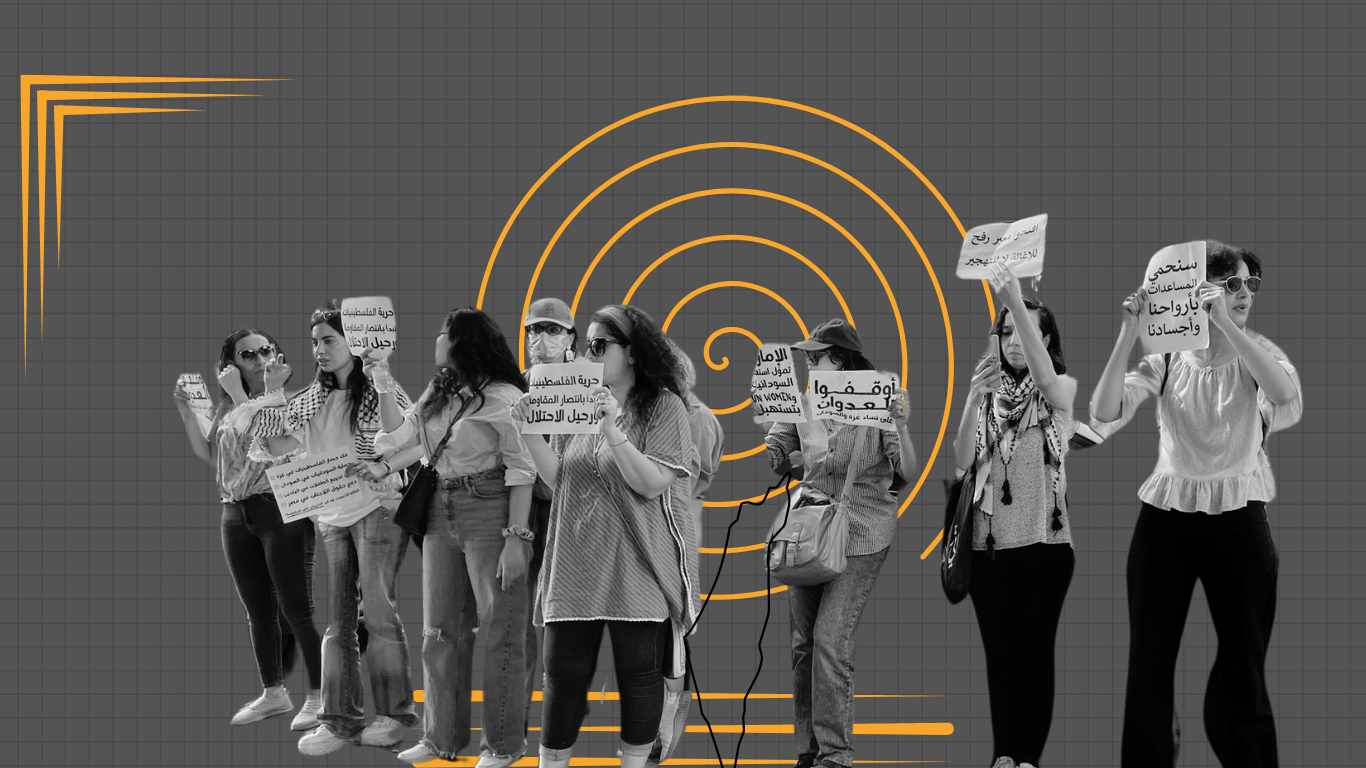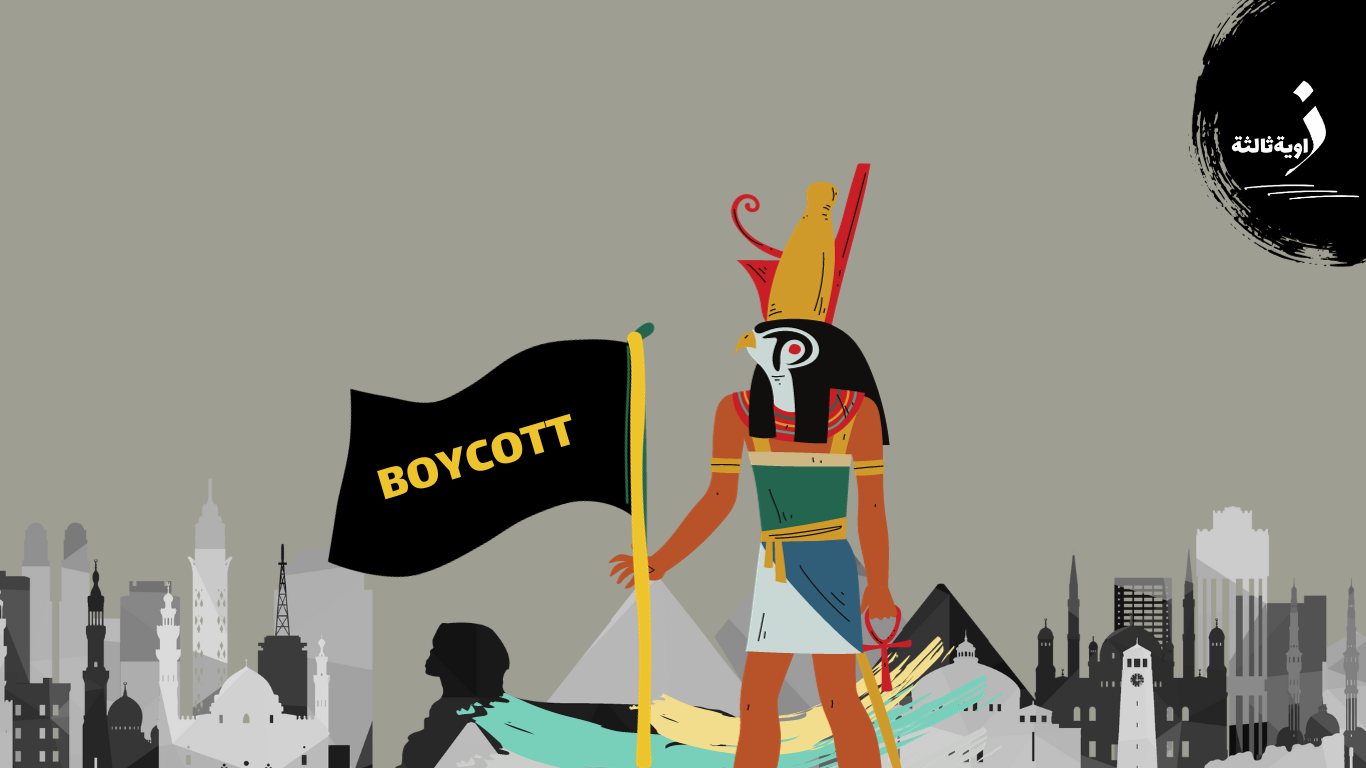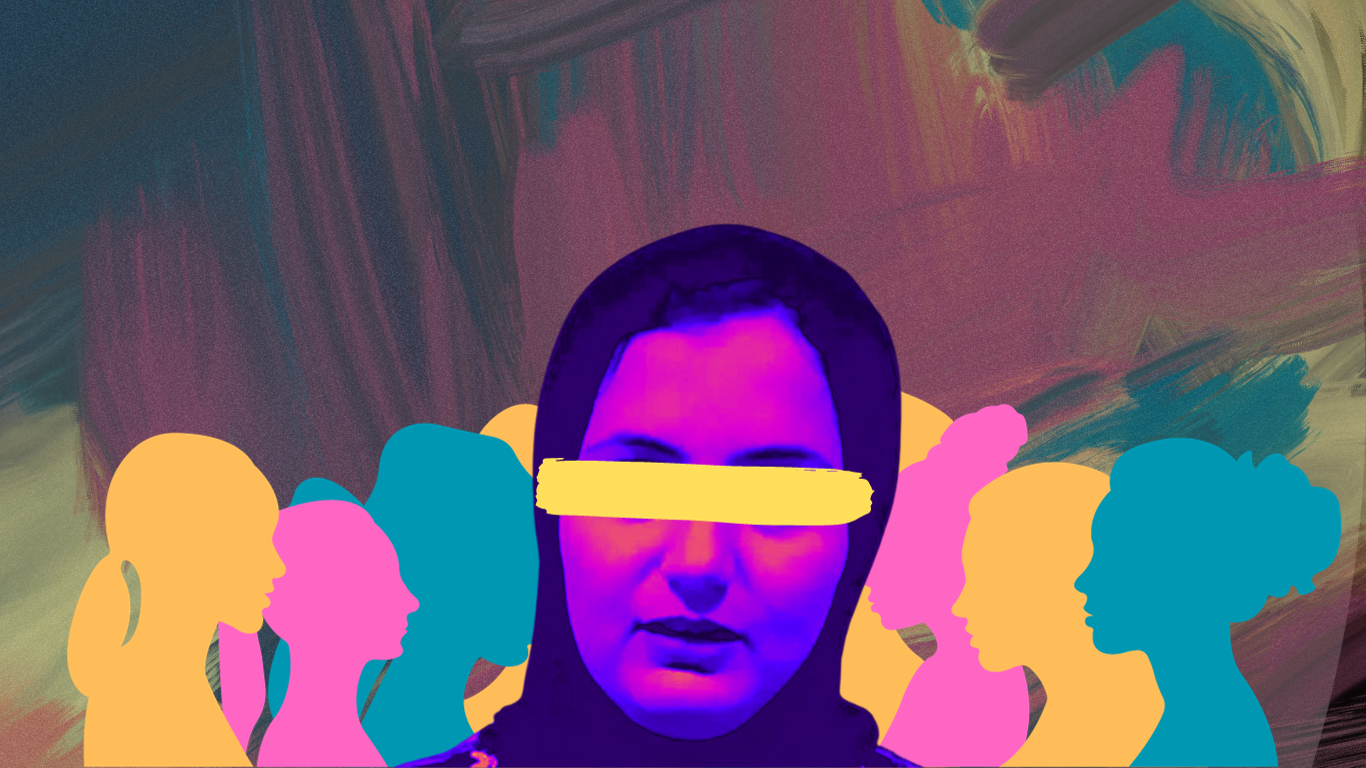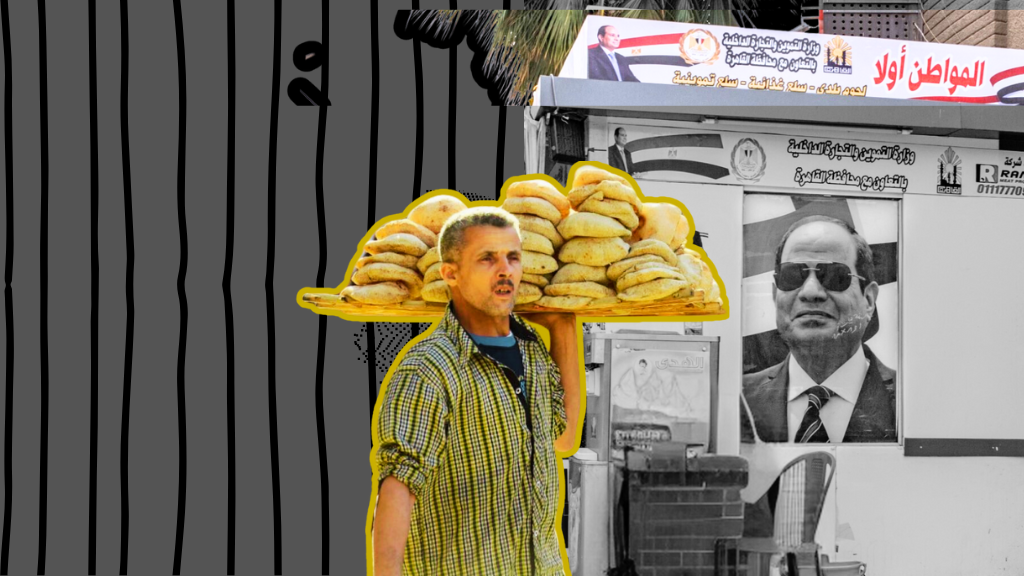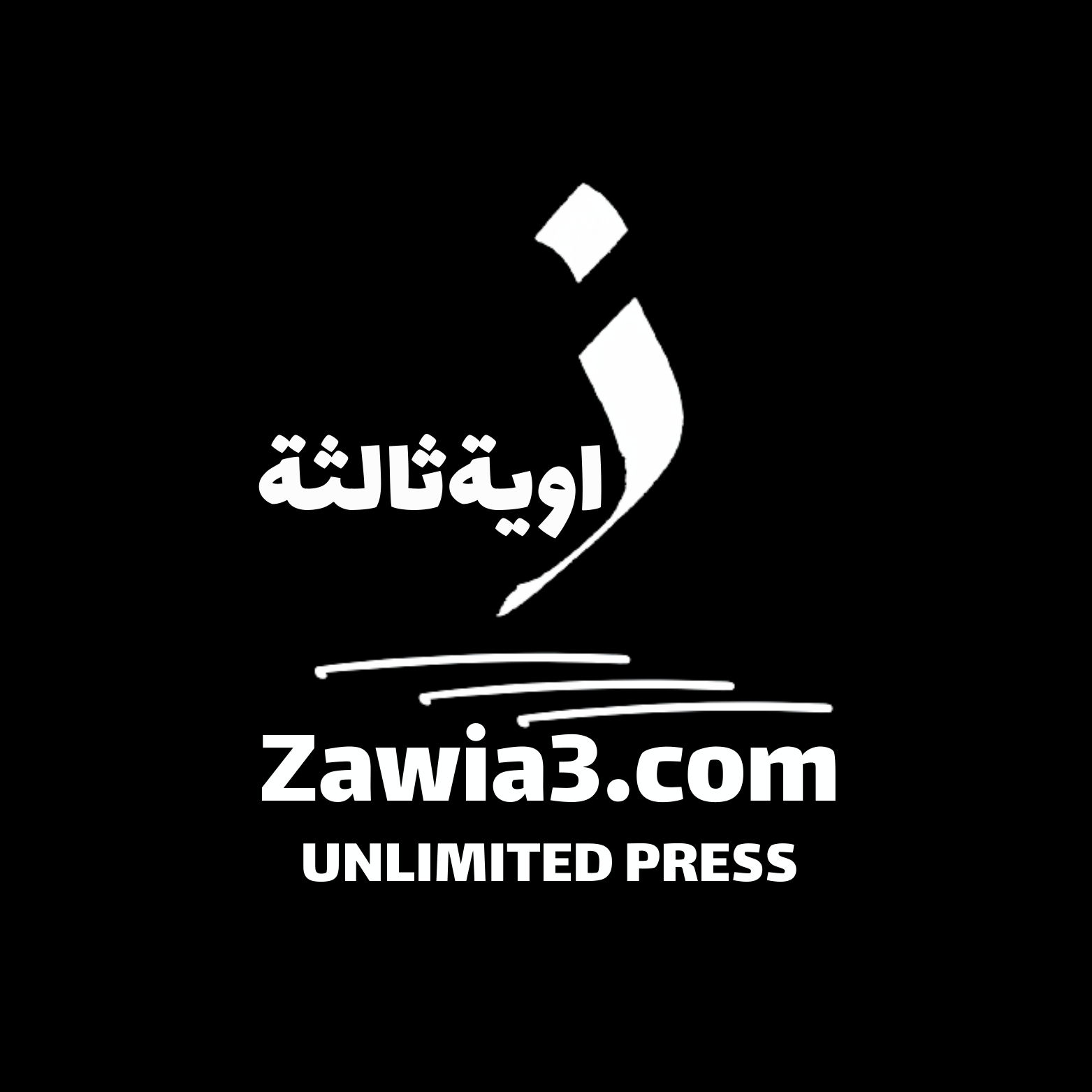On October 23rd last year, hundreds of residents of North Sinai, belonging to the tribes of Rumailat and Sawarka, gathered near the Egyptian border in the villages of “Al-Husaynat” and “Al-Mahdiya” close to the city of Rafah. Another gathering took place in the village of “Al-Zawaraa” near the city of Sheikh Zuweid in northeastern Sinai. They were demanding their right to return to their forcibly abandoned lands under the pretext of fighting terrorism. This occurred during a wave of forced displacement that began seriously in 2013 and continued until mid-2016, affecting eight villages around Sheikh Zuweid, with a population exceeding 59,000 according to official statistics from 2017.
At that time, the protests of the displaced, who demonstrated against the government’s failure to fulfill promises of their return by October 20, 2023, were met with violence from security forces. Nine individuals were arrested at the headquarters of the “Al-Sa’ha” battalion, the largest army camp in Rafah. The next morning, Sheikh Saber Al-Sayyah Al-Rumailat, one of the prominent tribal figures in North Sinai and the leader of the August 2023 sit-in, wrote a post on his Facebook account, stating that he had been attempted to be arrested twice based on orders from the commander of the Second Field Army. The following day, dozens were arrested by the forces at the “Al-Shalaq” ambush, near the entrance of Sheikh Zuweid, further fueling the anger of the tribal members, while human rights organizations condemned the incidents.
The Association for Freedom of Thought and Expression stated in a release that “the violations reflect the Egyptian government’s continued policy of undermining the will of the Sinai residents, suppressing them, undermining their constitutional right to peaceful assembly and advocacy for their rights, and neglecting to address past mistakes or discuss and remedy their serious impact on the population.”
How did the displacement start?
|
According to the Association for Freedom of Thought and Expression, Ibrahim Mahlab, the Prime Minister of Cairo at the time, issued a decree in October 2014 ordering the evacuation and isolation of an area extending about five kilometers inside North Sinai along the Gaza border, totaling 13 kilometers, and approximately 79 square kilometers of land in Sinai, including most of Rafah city. The residents were supposed to be fairly compensated, as per the decision published in the official gazette, in 4 articles numbered 1957 for the year 2014. |
However, despite years passing since the decree, thousands of families have not received any compensation, and its value has remained a subject of continuous objection from the remaining residents. According to Ahmed Salem, the director of the Sinai Human Rights Foundation, the government estimated compensation for concrete buildings at 1200 Egyptian pounds per square meter and 600 Egyptian pounds for non-concrete buildings.
In the following month of the same year, Presidential Decree No. 444 of 2014 was issued, designating five kilometers of land within Rafah as a prohibited border zone along the border with Gaza, citing the need to confront the threat of smuggling tunnels. Subsequently, thousands of homes were demolished in the populated area to create a buffer zone along the border with Gaza, destroying entire neighborhoods and hundreds of agricultural acres. Another presidential decree was issued in 2021, numbered 420 for the year 2021, specifying approximately three thousand square kilometers of land in northeastern Sinai as restricted border areas, including villages, residential clusters, and major cities that still house thousands of residents, within the prohibited zones.
![]()
Concerns of Tribal Members
According to several members of tribes in the cities of Sheikh Zuweid and Rafah, who spoke with “Zawia3,” they have longstanding concerns that were exacerbated by the ongoing war in Gaza since October 7th of last year by the Israeli occupation forces. They say that their apprehensions about the arrival of Palestinian refugees to their lands and destroyed homes in Rafah or the nearby new Rafah on the border with Gaza prompted them to prepare and head to Rafah on the evening of that day, referring to October 23rd last year.
The fears intensified after the proposal was revived that Sinai becomes an alternative homeland for the people of Gaza, confirming what some Israeli officials and researchers had discussed for decades. In 2000, the Begin-Sadat Center for Strategic Studies published a project presented by Israeli General Giora Eiland, then head of the Israeli National Security Council, titled “Regional Alternatives to the Two-State Idea.” It was based on the assumption that resolving the Palestinian issue is a joint responsibility of 22 Arab countries and the Israeli occupation authority. According to the project, Cairo was expected to relinquish 720 square kilometers of Sinai land for the proposed Palestinian state.
The proposed land consists of a rectangle with a first side length of 24 kilometers along the coast from Rafah to the border of El-Arish in Sinai. The second side is 30 kilometers long from the west of the Kerem Abu Salem crossing, extending south parallel to the Egyptian/Palestinian occupied border. The proposed area is approximately 360 square kilometers, meaning it is twice the size of Gaza. In return, Palestinians would surrender the same proposed area in Sinai from the West Bank’s area to the occupation authority. In exchange for this agreement, Cairo would receive significant economic benefits, and there would be a concession by Tel Aviv for a similar area in the Wadi Feran region, southwest of the Negev Desert.
The proposals resurfaced in 2020 when the United States entered into negotiations forcefully, accompanied by a regional alliance of Arab Gulf countries, in what became known as the “Deal of the Century.” It included Egypt relinquishing land in Sinai for the establishment of airports, factories, commercial centers, agricultural projects, and industrial projects to provide employment opportunities for hundreds of thousands of people and establish a Palestinian state in the region, with the condition of disarming.
Tribal members pointed out in their conversation with us that the gathering of hundreds of residents in the area of “Marbata Al-Foul” near the border city of Rafah on the seashore led to clashes with the Egyptian army, which intercepted their march towards Rafah. Despite accompanying tribal elders who were in contact and collaborating with the Egyptian security forces, who had promised them entry to Rafah after their sit-in in August of the past year, they did not adhere to the agreement. This led to the designation of the day of the protests – October 23, 2023 – for the return of the displaced, without communicating with security officials.
Against the backdrop of these events, tribal sources informed us that the Egyptian army arrested the spokesperson for the displaced from the villages of Rafah in northeastern Sinai, Sheikh Saber Al-Sayyah, and transferred him to a military headquarters without legal justification or arrest warrant after several unsuccessful attempts to abduct him from his home in El-Arish. It was mentioned that among the detainees was Youssef Al-Sayyah, the son of Saber Al-Sayyah, as well as 51 citizens who demanded to return to their homes. They were transferred to the military prosecution under the military case number 80 for the year 2023, related to the protests for the “Right of Return.”
|
Sheikh Saber Al-Sayyah, also known as “Abu Youssef Al-Shami,” is considered one of the elders of Rafah, from the Rumailat tribe, “Al-Sharateen.” He was the first to call on the residents to return, confirming that their areas south of Rafah are completely safe. According to the Sheikh, via his personal Facebook page, “the area of his tribe’s land in Rafah extends from the location of Al-Mahdiya School to Abu Sanjar Palace in the west, to the borders of Palestine to the east, and from Abu Ajaj Palace to Abu Sanjar Palace in the north, and to Al-Attar’s ditch in the south, which is inhabited by the tribes of Al-Manayia, Al-Juhaimat, Al-Shallafeh, Al-Kharafin, and Abu Farieh, covering approximately 11 square kilometers or more than 2500 acres. He confirmed that all these lands are entirely safe.” |
After being forcibly disappeared since his arrest on December 27th last year, “Al-Sayyah” appeared in the military court in Ismailia – one of the cities on the Suez Canal – in January of the past year, in connection with military case number 80 for the year 2023, facing charges of assembly, demonstrating force, and damaging military vehicles.
![]()
How did the tribes collaborate with the authority?
Since 2014, some Sinai tribes have collaborated with the authority. This collaboration came after the residents of the province faced numerous attacks by terrorist organizations that sought to exploit the difficult social and economic conditions experienced by the people of Sinai. In response, the tribes agreed to implement the government’s decisions to temporarily evacuate their areas to combat terrorism. Sinai tribes aligned with the security and military forces in confronting terrorist elements through military confrontations that contributed to their success.
In an agreement in 2021 between military intelligence and the displaced residents, they were allowed to return to their villages in the Sheikh Zuwaid and Rafah cities, outside the buffer zone with the Gaza Strip, if they assisted the army in facing Sinai Province organization elements and clearing the area of terrorists. This resulted in the loss of lives of dozens of tribal members and the injury of many others.
Despite the residents’ compliance with the “temporary” relocation plan, the Egyptian authorities continue to ignore their legitimate demands to return to their lands, even though officials repeatedly promise their return. Tribal sources emphasized that, under the pretext of counterterrorism, the Egyptian army committed serious crimes against civilians in northern Sinai over the past decade, violating international human rights law. This included the demolition of thousands of homes and buildings and the confiscation of tens of thousands of acres of agricultural land in Rafah, Sheikh Zuwaid, and Al-Arish cities.
Sheikh Isma’il Abu Hassan, from the Armilat tribe in Rafah, stated in an interview with “Zawia3” that military operations led to the displacement of nearly 150,000 Sinai residents to different cities within Sinai or to other governorates such as Ismailia, Sharqia, and Beheira. He also mentioned the complete destruction of Rafah city, which has been subjected to continuous demolition and forced displacement campaigns since the end of 2013.
He added that the displaced, promised with the right to return, decided to return to their homes after all attempts and communications failed to persuade them to postpone their return until after the war on Gaza.
On January 31 last year, the Supreme State Security Prosecution renewed the detention of ten Sinai residents for 30 days in connection with military case No. 80 of 2023. The detainees include Fahd Samir Muhammad Suleiman, Hussein Zara Salim Matlak, Harib Ghanem Awad Matlak, Hassan Zara Salim Matlak, Ahmed Awad Matlak, Hussam Abdel Qader Ismail, Abdul Rahman Salama Ouda, Walid Muayyuf Suleiman, Musa Salam Suleiman Ouda, and Sami Ahmed Awad Matlak.
Similarly, on February 4, 2024, the Supreme State Security Prosecution renewed the detention of 20 defendants in case No. 1973 of State Security for 15 days. The detainees include Hussein Shayd Abu Munuhe, Ahmed Saeed Mohsen Saad, Tawfiq Awad Ibrahim Rashid, Rashid Suleiman, Nour Ramadan Muhammad Suleiman, Youssef Muhammad Salam Ouda Al-Batin, Ibrahim Ali Ghanem Islaim, Ibrahim Eid Muhammad Ouda, Saad Ahmed Salam Ihmid Saeed, Fayez Ali Mahmoud Nasr, Mohamed Gabr Diban Gabr Saeed, Mahmoud Saeed Samri Sabih, Muath Ali Shhatah Dhaifallah, Hussein Ali Hassan Dubal, Ismail Ibrahim Nasrallah Eid Awad, Mansour Abdul Badi Abdel Wanis Mansour, Osama Ibrahim Nasrallah Eid, Hussein Ramadan Embabi, Islam Al-Bayli Awad Al-Bayli, Mahmoud Abdo Mahmoud Nasrallah, Ahmed Mohamed Suleiman Muslim.
However, the Ismailia military court extended the detention of 22 Sinai residents for 30 days in connection with case No. 80 of 2023. The detainees include Saber Hammad Hamed Salama, Khaled Isa Salim Salama, Hassan Saber Hassan Attia, Saif Abdel Rahman Suleiman Hammad, Mohamed Abdullah Eid Awad, Mohamed Khalid Eid Jumaa, Ibrahim Sami Salama Suleiman, Omar Ibrahim Salama Hassan, Mohamed Attia Ouda Aish, Magdy Farhan Ouda, Atef Ouda Muslim Samri, Abdullah Aish Mahmoud Salam, Hamdi Kamal Mohamed Farag, Hamad Mahdi Mohamed Saliman, Atef Attia Suleiman, Musaad Ouda Mansour Ouda Allah, Fayez Madhif Saeed, Yunis Yusuf Muhammad Salam, Bilal Masoud Islaim Salam, Imad Ibrahim Awad, Ali Suleiman Mubarak, and Ahmed Sayed Hamdi.
The families of the detainees from the Armilat and Sawarka tribes called on the Sinai businessman Ibrahim Al-Arjani, Sheikh Abdel Majeed Al-Minai – a prominent figure in the Sawarka tribe, Sheikh Issa Al-Khrafen – former parliamentarian and a figure in the Armilat tribe, as well as the deputies Salem Abu Marheel – a member of the Senate for Rafah, and Ibrahim Abu Shairah – a member of the House of Representatives for Sheikh Zuwaid – to intervene with the security agencies and Egyptian authorities to release their detained sons due to the demand for the right of return. They put them, according to the families we spoke to, in confrontation with the authorities to find a way out of the crisis.
In the same context, Sheikh Suleiman Armilat stated in his interview with “Zawia3” that the detained residents, accused of gathering, displaying force, and sabotage, “did not carry weapons and did not engage with the army forces, and their protests were entirely peaceful, contrary to what was rumored.” Ahmed Abu Sami Al-Sawarka affirmed that the dreams of return will not cease, and “the people will not forget their homeland in the outskirts of Rafah and Sheikh Zuwaid, no matter the outcomes, and no matter how much the authority exercises dominance.” He pointed out that the people of Rafah and Sheikh Zuwaid have suffered long from the injustices and displacement for about 13 years and until now.
|
According to Human Rights Watch, the army destroyed at least 12,350 buildings (including 3,500 buildings in Arish in 2018 alone), most of them homes, between 2013 and 2020. The army also confiscated access to at least 14,300 acres of agricultural land, most of it since mid-2016. |
According to the organization, the Cairo government has not provided a strong justification for the importance of demolishing homes and confiscating farmland in the face of counterterrorism operations against the armed Sinai Province group. These operations resulted in the displacement of around 100,000 tribal members to other governorates or to Canal cities and the city of Arish. The Sinai Foundation for Human Rights mentioned a leaked list including 10,468 families (about 41,000 individuals) displaced from Rafah and Sheikh Zuwaid until October 2018, who remained within Sinai, most of them in Arish and Bir al-Abd. The majority of them do not have alternative housing and not receiving fair compensation.
At a time when tribal members struggle to return to their lands, there are increasing reports indicating that their properties may become an alternative homeland for Gazans, especially with the support of the Israeli occupation authority and some Western governments sympathetic to the Cairo government. This involves forcing more than 1.2 million Gazans to evacuate to the Egyptian-Palestinian border in Rafah. Meanwhile, Tel Aviv speaks of an imminent ground invasion of the Palestinian city of Rafah. This suggests to the people of Sinai that their lands will not return, and the dream of return has become impossible. Nevertheless, they cling to resistance, according to their description.
